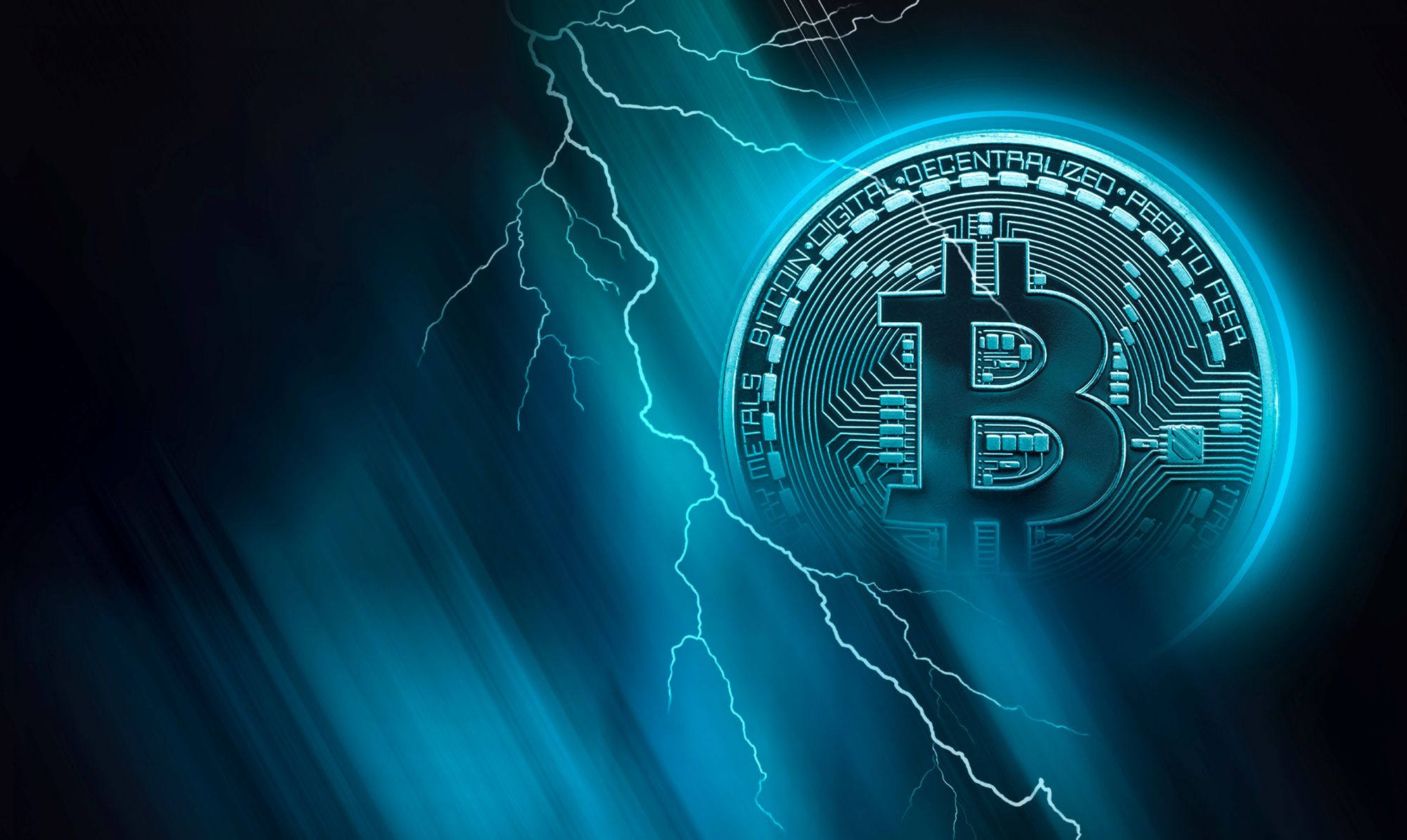TIPS TO INVESTING IN LIGHTNING NETWORK
...to invest in the lightning network, you must become involved in the network participation of an LN-compatible blockchain by creating a lightning node. A lightning node is a computing unit that interacts with the main blockchain network.

The Lightning Network is a layer-2 solution that aims to scale blockchain networks to enable faster and cheaper transactions by moving a series of transactions off-chain. Scalability is one of three blockchain trilemma (along with decentralization and security) that must be ideally achieved for a perfect blockchain network.
Since its launch in 2015, the lightning network has enabled instant crypto transactions, eliminating the burden of long waiting times. As a result, there is increased interest in Bitcoin, and more people seek investment opportunities in the Lightning Network.
Investing in Lightning Network
Unlike many layer-2 solutions, the Lightning Network doesn’t have any token. For example, Polygon, Loopring, and a few other L-2 solutions on the Ethereum network have their own native tokens, which investors can buy, hold, and stake for rewards. However, the lightning network exclusively helps scale blockchains without creating a new utility token.
As a result, investing in the Lightning Network via a token is impossible.
Is Lightning Network the same as Lightning Bitcoin (LBTC)?
Although their names sound similar and they both aim to facilitate scalability, the Lightning Network (LN) is different from Lightning Bitcoin (LBTC). As a result, it is pretty typical to confuse one for the other; in fact, some persons have probably LBTC, thinking they have invested in the “Lightning Network.”
Lightning Bitcoin (LBTC) is a Bitcoin fork that aims to achieve network stability with its own consensus mechanism and unique features; however, it has no affiliation with the Lightning Network.
How To Invest in Lightning Network
As mentioned earlier, the Lightning Network (LN) doesn’t have a token that you can buy to hold or stake; hence, to invest in the lightning network, you must become involved in the network participation of an LN-compatible blockchain by creating a lightning node.
What is a Lightning Node?
A lightning node is a computing unit that interacts with the main blockchain network. Typically, the Lightning Network is closely associated with Bitcoin, but some other cryptocurrencies like Litecoin and Stellar are also scaled via the lightning network.
Each of these Layer-1 blockchains has nodes that keep the blockchain information, verify transactions, and update the blockchain if necessary while earning rewards. However, with a Layer-2 solution like the Lightning Network, which processes information off-chain, off-chain nodes are required to link information to and from the mainnet blockchain.
The lightning nodes are responsible for communicating and transmitting data between the main and blockchain; hence, the intermediate channels between the first and last transaction in a payment channel are managed by lighting nodes. So, by setting up a lightning node, you can begin to route off-chain payment channels to earn a few tokens.
Additionally, by setting up a lightning node, you can run your off-chain lightning transactions via your created node, and then you don’t have to worry about the possible risks involved in routing your payments via a third party’s node.
How To Run a Lightning Node
Unlike a full Bitcoin node, investing in a Lightning node doesn’t require heavy GPU equipment like the dedicated ASIC devices; it can be simply done with cheaper devices like the Raspberry Pi or even your computer.

It is safer to use the Raspberry Pi than a computer for security reasons. Attackers can easily compromise a computer used to navigate websites on the internet; however, the raspberry pi, being a dedicated device, is more secure.
After getting the Raspberry pi, you need to get:
- Data storage devices – a micro-SD card (at least 32GB) and an external hard drive (at least 1 TB)
- 5FT Ethernet cables
- An LCD, GPIO connection, and a controller
- A power supply USB-Cable linked to an uninterrupted power source.
Before you can do anything at all, the SD card must be loaded with the “RaspiBlitz” or “Umbrel” software via Raspberry pi imager. After installation, you’ll be presented with instructions to set up a wallet, download the blockchain, set up a payment channel, and connect a node.
You can watch this video to see how to assemble your Raspberry Pi and associated devices for running a node
After setting up your node and creating payment channels, you must route payments via a high-capacity node to activate your node for payments. These high-capacity nodes usually have a huge amount of Bitcoin locked in them; you can view the list via lightning node explorers
Final Takeaway
Many Proof-of-Work maximalists kicked against the Lightning network, as it reduces the blockchain’s security by relying on a third-party node that takes transactions off-chain. However, the lightning network has made it easy for anybody to run a node; hence, the lightning network nodes can be heavily decentralized – even more than the existing PoW nodes.
Lastly, setting up a lightning network node is more than just a way to earn a few more tokens via payment channels; it also facilitates network scalability while ensuring node decentralization (since there is no limit to the number of nodes that can be created, and the entry barrier is low).
To learn more about blockchain scalability, please check out our articles. Also, ensure to visit the CCTIP Blog for more detailed guides on cryptocurrency and blockchain technology. Also, follow our social media communities: